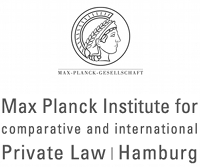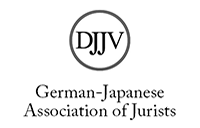Food Safety in the Aftermath of Fukushima: Who can Consumers Trust?
Abstract
In March 2011, Japan’s largest recorded earthquake and tsunami caused the meltdown at the Fukushima-Daiichi Nuclear Power Plant resulting in not only the evacuation of residents within the area and in towns nearby but also contamination of produce grown in Fukushima. The disaster threw the unprecedented threat of radioactive contamination of the food system into the limelight with Japanese consumers refusing to trust the safety of food even when it had passed the government safety standards. This paper examines the role of law in guaranteeing the safety of the food system and promoting consumer trust in the wake of the Fukushima disaster. This involves an analysis of the flaws in Japan’s food safety governance framework that contributed to the loss of consumer trust in the food system since the disaster. In addition, this paper will identify the efforts made by different stakeholders to restore consumer trust in food products associated with Fukushima. Despite considerable efforts by different grassroots organizations, it is still essential that the Japanese government takes the lead by reassessing the way it manages food safety risks and communicates this to the consumer. After the disaster there was a loss of faith in the government as a regulator and as a provider of reliable information. Creating a food safety governance framework that can be trusted by the consumer is one step the government can take to start to rebuild public trust.






